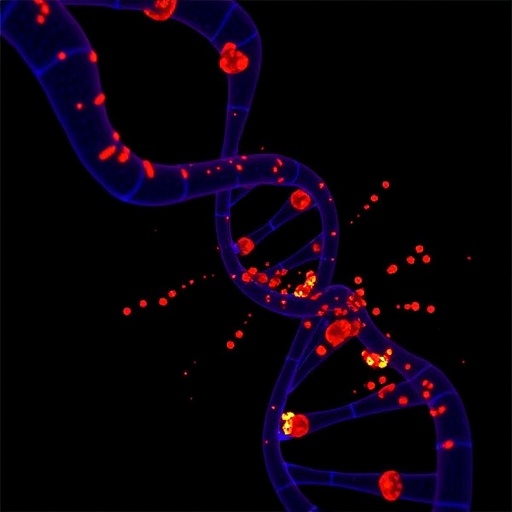Cornell University researchers have discovered a biological mechanism that helps convert nitrogen-based fertilizer into nitrous oxide, an ozone-depleting greenhouse gas. The paper was published online Nov. 17 in the Proceedings of the National Academy of Sciences.
"The first key to plugging a leak is finding the leak," said Kyle Lancaster, assistant professor of chemistry and chemical biology, and senior author on the research. "We now know the key to the leak and what's leading to it. Nitrous oxide is becoming quite significant in the atmosphere, as there has been a 120 percent increase of nitrous oxide in our atmosphere since pre-industrial times."
Lancaster, along with postdoctoral researcher Jonathan D. Caranto and chemistry doctoral candidate Avery C. Vilbert, showed that an enzyme made by the ammonia oxidizing bacterium Nitrosomonas europaea, cytochrome P460, produces nitrous oxide after the organism turns ammonia into an intermediate metabolite called hydroxylamine.
N. europaea and similar "ammonia-oxidizing bacteria" use hydroxylamine as their fuel source, but too much hydroxylamine can be harmful — and the resulting production of nitrous oxide is a chemical coping strategy.
Lancaster and his colleagues hypothesize that when ammonia-oxidizing bacteria are exposed to high levels of nitrogen compounds, such as in crop fields or wastewater treatment plants, then nitrous oxide production via cytochrome P460 will ramp up.
In the atmosphere, greenhouse gases are a soup of many species, and Lancaster explained that nitrous oxide has 300 times the potency of carbon dioxide. "That's a staggering number," he said. "Nitrous oxide is a really nasty agent to be releasing on a global scale."
Lancaster added that nitrous oxide is photochemically reactive and can form free radicals – ozone-depleting agents – which aggravates the issue of blanketing Earth's atmosphere with more gas and raising the globe's temperature. "In addition to its role as a greenhouse gas cloak, it's removing our protective shield," Lancaster said.
The United States is among the world leaders in importing nitrogen fertilizer, according to the U.S. Department of Agriculture's Economic Research Service. The Food and Agriculture Organization of the United Nations noted that the world's nitrogen fertilizer demand was projected to be 116 million tons for this past agricultural season.
"For the world, I realize that we are trying to feed more people and that means more fertilizer – and that means more nitrous oxide," said Lancaster, who noted that about 30 percent of nitrous oxide emissions come from agriculture and its accompanying land use.
To reduce the negative impact of nitrogen, farmers already use nitrification inhibitors.
Said Lancaster: "While it will be challenging to develop ways to stop this process, now we have pinpointed one biochemical step leading to nitrous oxide production. Future work may lead to inhibitors, molecules that can deactivate or neutralize this bacterial enzyme. Alternatively, we may just use this new information to develop better strategies for nitrogen management."
###
The Department of Energy Office of Science and the National Institutes of Health supported the research.
Media Contact
Melissa Osgood
[email protected]
607-255-2059
@cornell
http://pressoffice.cornell.edu
############
Story Source: Materials provided by Scienmag




